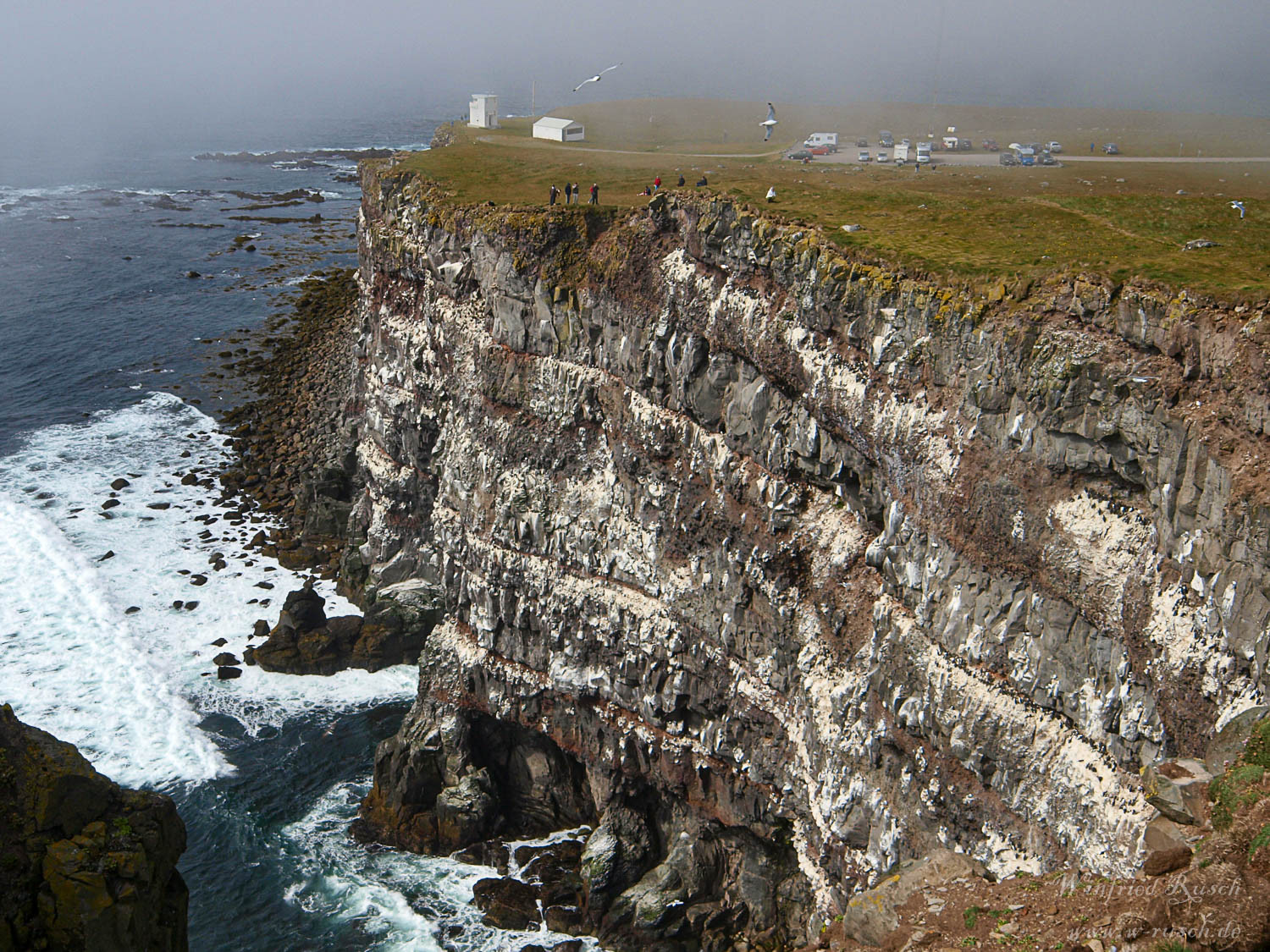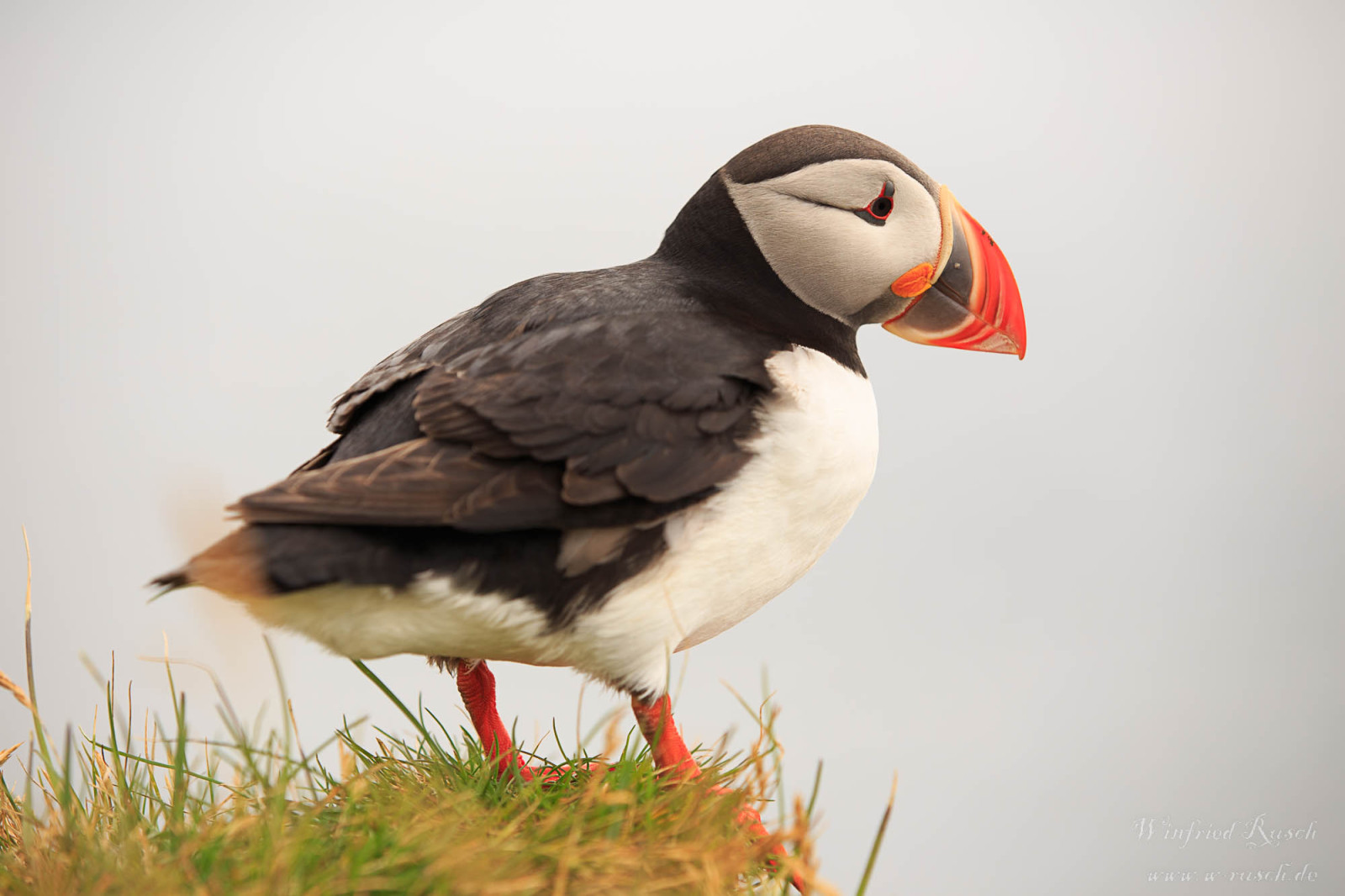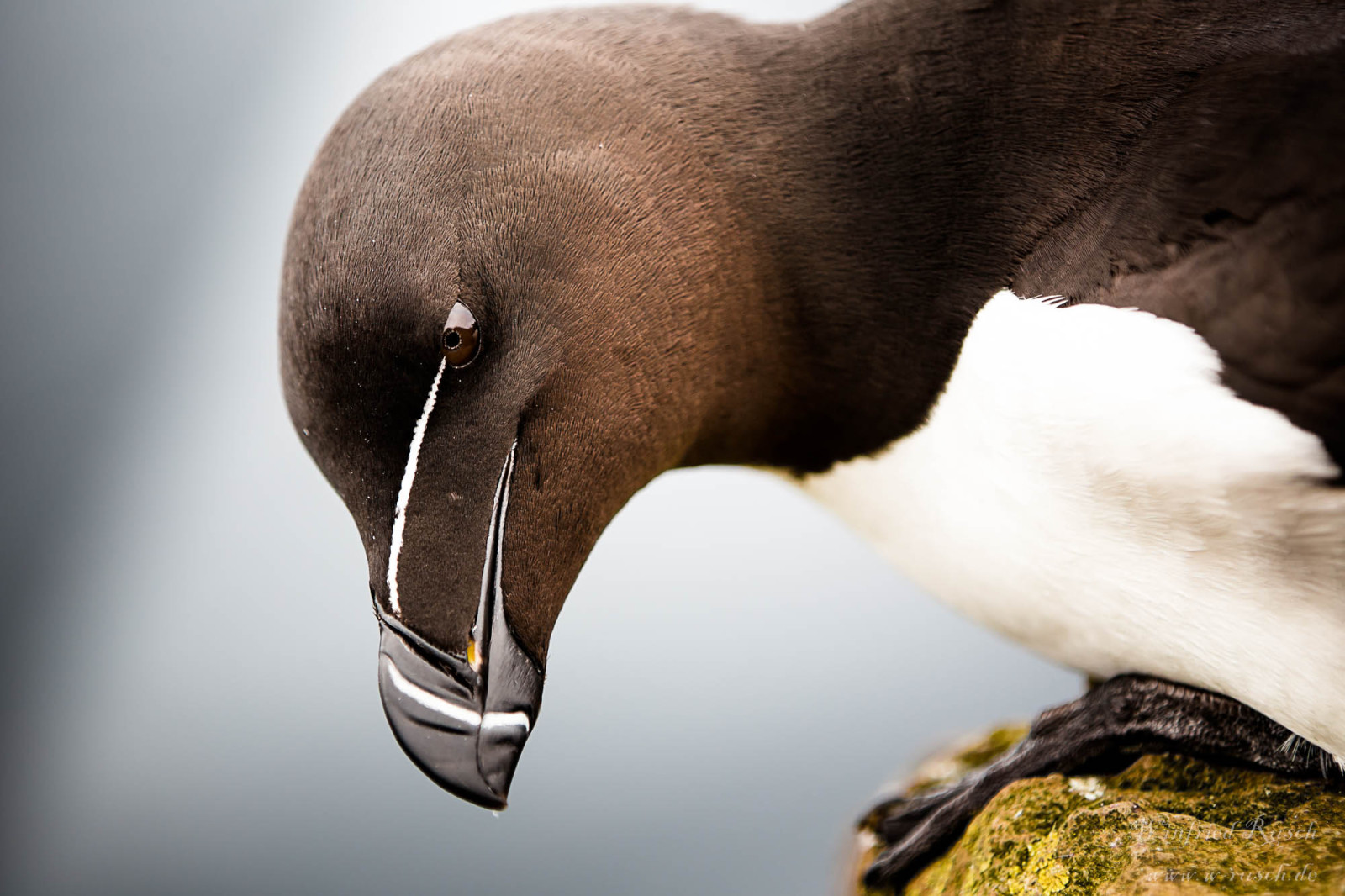Opis
Látrabjarg is located on the western most point of Iceland and even of Europe! It contains one of the highest cliffs in Europe and is home to many species of seabird that breed on the steep cliffs. Thousands and thousands of breedingpairs are safe here from predators, like foxes. The most iconic species that can be found here is the maskonur. They tend to be very tame and can easily be approached to several meters, but keep your distance! It's not a zoo. Besides, they tend to rest on the grassy bits of the cliffs and these parts can be very unstable. Its a long fall down of 441 meter at its highest!
The steep cliffs are jam-packed full of breeding birds during the breeding season. Thousands and thousands of maskonur, nurzyk, alka, nurzyk polarny, mewa trójpalczasta and fulmar breed here. The sound and odor can be very overwhelming!
From off these cliffs, you have an amazing view over the Atlantic Ocean. You can observe all species mentioned above flying in and out of the area. Further on the ocean, species like głuptak, skuas and gulls can be seen.
The area before the cliffs contain grassy areas and are great for species like pardwa górska, śnieguła and białorzytka.
Szczegóły
Dostęp
The area is easy accessable as you can park your car almost on the cliffs. You can walk a small path adjacent to the cliffface and observe all the beautiful birds. WATCH OUT: the cliffface can be very unstable! Don't get to close as there are no fences!




